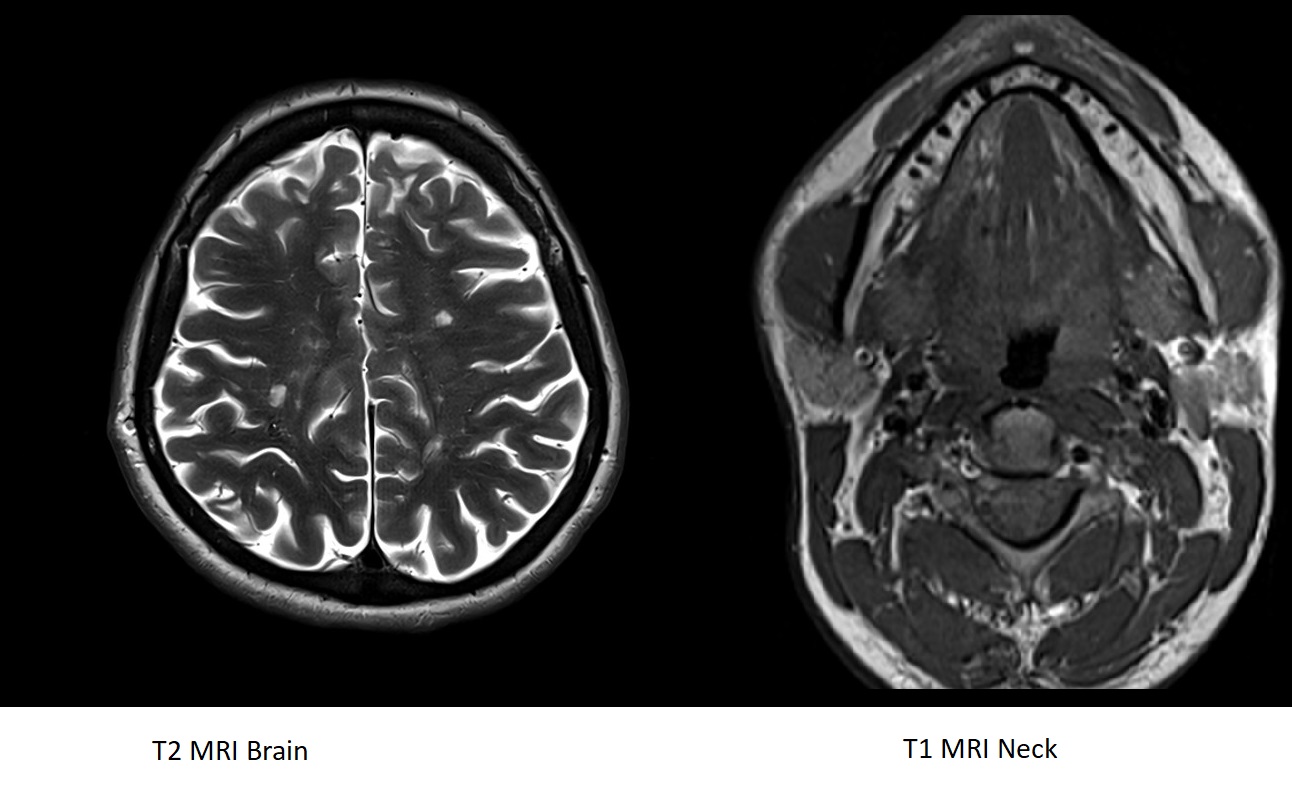Revolutionizing Healthcare: The Power of Nanomedicine in 2025

Nanomedicine is transforming the way we approach healthcare, offering precise, effective, and safer treatments for some of the world’s most challenging diseases. By leveraging nanotechnology, scientists are designing medicines at the atomic level to target diseases like cancer, neurodegenerative disorders, and autoimmune conditions with unprecedented accuracy.
What is Nanomedicine?
Nanomedicine involves using tiny particles—measured in nanometers—to deliver drugs directly to specific cells or tissues. Unlike traditional medicines, which often affect the entire body, nanomedicines can zero in on diseased areas, reducing side effects and boosting efficacy. From cancer therapies to mRNA vaccines, nanomedicine is redefining therapeutic possibilities.
According to the report by Next Move Strategy Consulting, the global Nanomedicine Market size is projected to grow, hitting USD 459.83 billion by 2030, with a CAGR of 11.9% between 2025 and 2030.
Key Points:
- Nanomedicines use nanoparticles to transport active substances to targeted sites.
- They enhance precision, ensuring drugs act where needed most.
- Applications include cancer treatment, gene therapy, and vaccine development.
Nanomedicine harnesses nanotechnology to deliver targeted, efficient treatments, minimizing harm to healthy tissues and improving patient outcomes.
Structural Precision: The Game-Changer in Nanomedicine
Recent advancements emphasize the importance of structural control in nanomedicines. Unlike traditional small-molecule drugs, where atomic precision is standard, many current nanomedicines, like mRNA vaccines, lack consistency across particles in a batch. This variability can lead to unpredictable outcomes. Researchers at Northwestern University and Mass General Brigham advocate for a shift toward structural nanomedicines, where every component is precisely engineered for optimal performance.
For example, spherical nucleic acids (SNAs), invented by Chad A. Mirkin, are a breakthrough in structural nanomedicine. These globular DNA structures can easily enter cells and bind to targets, showing promise in treating skin cancer and other diseases. Similarly, chemoflares release drugs in response to disease-specific cues, while megamolecules mimic antibodies for precise therapeutic delivery.
Key Advancements:
- Spherical Nucleic Acids (SNAs): Enhance gene regulation and drug delivery, with proven success in curing some skin cancers.
- Chemoflares: Smart nanostructures that release drugs only in diseased cells, reducing systemic toxicity.
- Megamolecules: Engineered proteins that mimic antibodies for targeted therapy.
Structural precision in nanomedicines, exemplified by SNAs, chemoflares, and megamolecules, is driving more effective and safer treatments, setting a new standard for therapeutic development.
Overcoming Challenges with the DELIVER Framework
While nanomedicines hold immense potential, their journey from lab to patient is slow and complex. Ruth Schmid and her team at SINTEF have introduced the DELIVER framework to streamline this process. This seven-step checklist ensures nanomedicines are developed with market readiness in mind, addressing critical aspects like efficacy, safety, and scalability.
The DELIVER Framework:
| Letter | Focus | Description |
| D | Defined Product Profile | Ensures the nanomedicine meets a specific medical need. |
| E | Essential Characterisation | Details the chemical and physical properties of the nanomedicine. |
| L | Lead Candidate | Identifies and optimizes the best candidate for development. |
| I | Intellectual Property | Secures patents to protect innovation. |
| V | Validated Efficacy and Safety | Confirms consistent performance through rigorous testing. |
| E | Economical and Scalable Production | Ensures cost-effective, large-scale manufacturing. |
| R | Regulatory and Clinical Pathway | Aligns with regulatory requirements for clinical trials. |
This framework addresses long-standing issues, such as lengthy approval processes and inconsistent production, enabling faster delivery of life-saving nanomedicines to patients.
The Role of AI in Nanomedicine Design
Artificial intelligence (AI) is becoming a cornerstone in nanomedicine development. With thousands of possible structural configurations for nanomedicines, AI helps researchers identify the most promising designs quickly. By analyzing vast datasets, AI optimizes how nanomedicines interact with the body, reducing trial-and-error in the lab. This technology is critical for creating highly targeted therapies with minimal side effects.
AI’s Contributions:
- Narrows down thousands of structural possibilities to a few viable options.
- Optimizes drug delivery and therapeutic efficacy.
- Reduces development time and costs.
AI is revolutionizing nanomedicine by enabling precise design and faster development, paving the way for more effective treatments.
Impact on the Nanomedicine Market
The advancements highlighted by Northwestern University and the DELIVER framework are poised to significantly impact the nanomedicine market. Structural nanomedicines, with their enhanced efficacy and safety, are attracting substantial investment from pharmaceutical companies.
The global nanomedicine market is projected to grow rapidly as these innovations move from research to clinical use. The DELIVER framework’s focus on scalability and regulatory compliance is reducing barriers to market entry, encouraging more companies to develop nanomedicine-based therapies. As a critical inflection point, with increased adoption of nanomedicines driving demand for specialized manufacturing and regulatory expertise.
Structural nanomedicines and frameworks like DELIVER are fueling market growth by improving product consistency and accelerating regulatory approval, creating new opportunities for stakeholders.
Why Nanomedicine Matters?
Nanomedicine’s ability to deliver drugs precisely where needed is transforming patient care. For instance, in cancer treatment, only 0.01% of traditional chemotherapy reaches the tumor, with the rest causing side effects in healthy tissues. Nanomedicines, like those encapsulating synergistic chemotherapy drugs in a 5:1 ratio, ensure accurate delivery, amplifying therapeutic effects while minimizing harm.
Benefits of Nanomedicine:
- Precision: Targets diseased cells, sparing healthy tissues.
- Efficacy: Enhances drug potency through controlled delivery.
- Safety: Reduces side effects by limiting systemic exposure.
Nanomedicine’s precision and efficacy are revolutionizing treatment outcomes, particularly for complex diseases like cancer.
Challenges and Future Directions
Despite its promise, nanomedicine faces challenges in scalability, reproducibility, and integrating multiple therapeutic agents. Researchers are addressing these through advanced manufacturing techniques and AI-driven design. The future lies in personalized nanomedicines tailored to individual patients, requiring small-scale, highly controlled production processes.
Future Trends:
- Personalized nanomedicines for patient-specific treatments.
- Advanced manufacturing for consistent, scalable production.
- Increased use of AI to optimize design and delivery.
Next Steps for Stakeholders
To capitalize on the nanomedicine revolution, stakeholders must act strategically:
- Invest in Structural Nanomedicine: Support research into precise, structurally controlled nanomedicines like SNAs to enhance efficacy and safety.
- Adopt the DELIVER Framework: Use this checklist to streamline development and ensure market readiness.
- Leverage AI Technologies: Integrate AI to optimize nanomedicine design and reduce development costs.
- Focus on Regulatory Compliance: Align with regulatory guidelines early to accelerate approval processes.
- Explore Personalized Medicine: Invest in small-scale production capabilities for tailored nanomedicines.
Strategic investments in structural nanomedicine, AI, and regulatory compliance will position stakeholders at the forefront of this transformative field.
Conclusion
Nanomedicine is ushering in a new era of healthcare, where precision and efficacy redefine treatment possibilities. Innovations like structural nanomedicines and the DELIVER framework are accelerating development and market entry, while AI is unlocking new design possibilities. As these advancements reshape the nanomedicine market, stakeholders have a unique opportunity to drive progress and improve patient outcomes.
About the Author

Nitrishna Sonowal is a skilled SEO Executive and Content Writer with over 3 years of experience in the digital marketing industry. With a deep understanding of the ever-evolving digital landscape, she blends analytical insights with creative storytelling to deliver impactful digital solutions. She creates content that resonates with both clients and readers alike. Outside of work, she enjoys dancing, baking, and travelling to new places. The author can be reached at [email protected].





